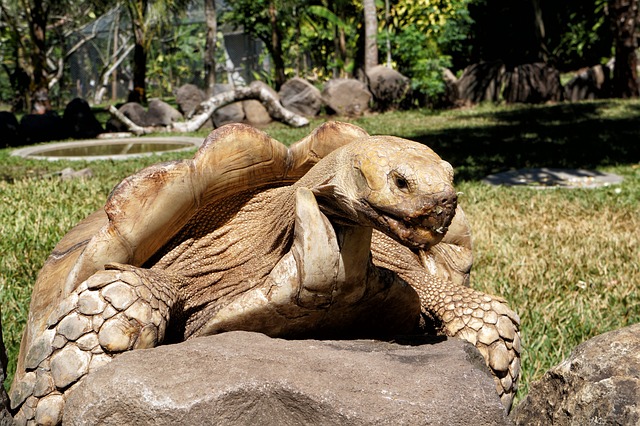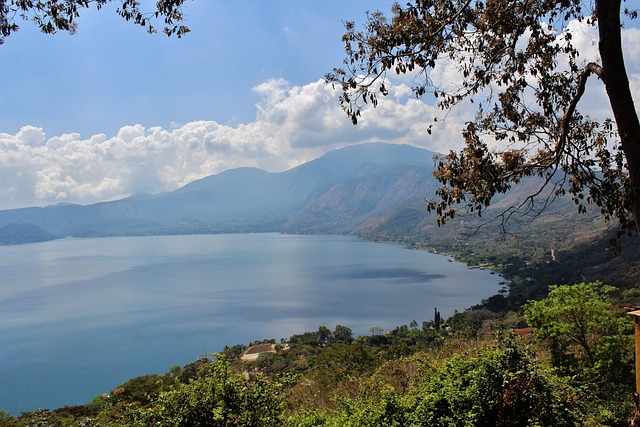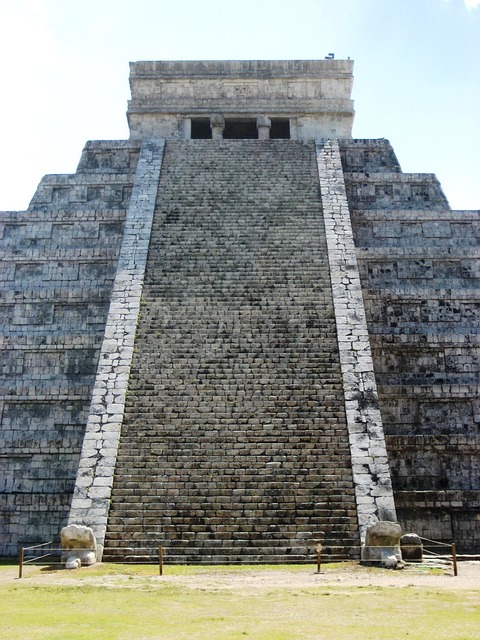The recent surge in family-oriented parks and recreation spaces reflects a growing awareness of the importance of accessible, engaging environments for families within vibrant communities. Real estate investors and local governments recognize these spaces as integral neighborhood components, fostering connections and creating memories. Driven by changing family dynamics and demand for versatile experiences, this trend enhances quality of life, attracts residents, and contributes to community economic vitality. Developers are prioritizing the creation of expansive green spaces, playgrounds, and outdoor gathering areas in new residential projects, particularly evident in suburbs where mixed-use developments incorporate family parks, enhancing property values and fostering a sense of community. Community engagement is key to successful family parks, improving mental and physical well-being and significantly influencing neighborhood desirability in real estate.
Family parks and recreation programs are evolving, offering more inclusive and engaging experiences. The rise of family-oriented spaces reflects a growing demand for outdoor fun, with real estate trends showcasing dedicated areas and amenities tailored to meet these needs. From urban green spaces to suburban leisure centers, these developments foster community engagement and well-being. Understanding the benefits of accessible outdoor environments is crucial in shaping vibrant, livable communities, as evidenced by recent real estate investments.
The Rise of Family-Oriented Parks and Recreation Spaces

In recent years, there’s been a notable trend in urban development: the rise of family-oriented parks and recreation spaces. This shift reflects a growing awareness of the importance of accessible, engaging environments for families within vibrant communities. Real estate investors and local governments are recognizing the value of these spaces not just as amenities but as integral components of a desirable, thriving neighborhood. Parks that cater to families often become hubs of activity, fostering connections between residents and creating lasting memories.
This trend is driven by changing family dynamics and a desire for experiences that transcend traditional leisure activities. Modern families seek versatile spaces that accommodate diverse ages and interests, from playgrounds for young children to open fields for sports and community events. As cities continue to evolve, the integration of family-centric parks and recreation programs into real estate developments promises to enhance the overall quality of life, attract residents, and contribute to the economic vitality of communities.
Real Estate Trends: Accommodating Growing Demand for Outdoor Fun

With the increasing demand for outdoor recreation and family-friendly spaces, real estate trends are reflecting a significant shift in how we design and develop properties. Parks and recreational facilities are no longer just nice-to-have amenities; they’ve become essential components of community development, driving growth and attracting residents who seek active, connected lifestyles. As such, developers are prioritizing the creation of expansive green spaces, playgrounds, and outdoor gathering areas in new residential projects to accommodate this growing demand for outdoor fun.
This trend is evident in suburban areas where family parks are being incorporated into mixed-use developments, offering residents convenient access to open spaces for leisure activities. Real estate investors recognize the value of these features as they enhance property values and contribute to a sense of community among neighbors. As urban populations continue to grow, the integration of recreational programs and family-oriented parks in real estate projects will likely become even more prevalent, reshaping city landscapes and prioritizing the well-being of residents through accessible outdoor spaces.
Community Engagement and the Benefits of Green Spaces

Community engagement is a vital aspect of successful family parks and recreation programs, enhancing the overall value of green spaces in any neighborhood. These areas serve as more than just places for leisure; they foster a sense of community and improve mental and physical well-being. By organizing events, activities, and programs that encourage interaction among residents, local parks become hubs for building strong, connected communities.
In the realm of real estate, the presence of vibrant, well-maintained green spaces can significantly impact the desirability of a neighborhood. Parks and recreational facilities attract families, promoting a sense of belonging and community pride. This, in turn, can lead to increased property values, stronger local economies, and improved quality of life for residents, making these areas highly sought after on the real estate market.






